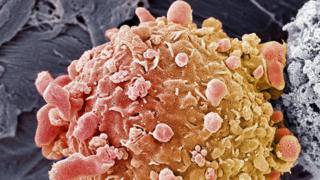- Banned
- #1
Lets say for instance... I made Antarctica into a country right, and people lived there..
Nature takes its toll, and in the course of 4 or 5 generations, it makes our already white skin become more like the color of a polar bear... than a European, and gave us weird things like a redheaded and white haired majority, and heterochromia.. which isn't a disease btw, it just means that our eyes are two different colors, for instance 1 green and 1 blue.
What is the chances of us getting Melanoma if we traveled to relatively nearby Australia, or the Southern part of the USA or Africa for a summer or two ?
Nature takes its toll, and in the course of 4 or 5 generations, it makes our already white skin become more like the color of a polar bear... than a European, and gave us weird things like a redheaded and white haired majority, and heterochromia.. which isn't a disease btw, it just means that our eyes are two different colors, for instance 1 green and 1 blue.
What is the chances of us getting Melanoma if we traveled to relatively nearby Australia, or the Southern part of the USA or Africa for a summer or two ?


